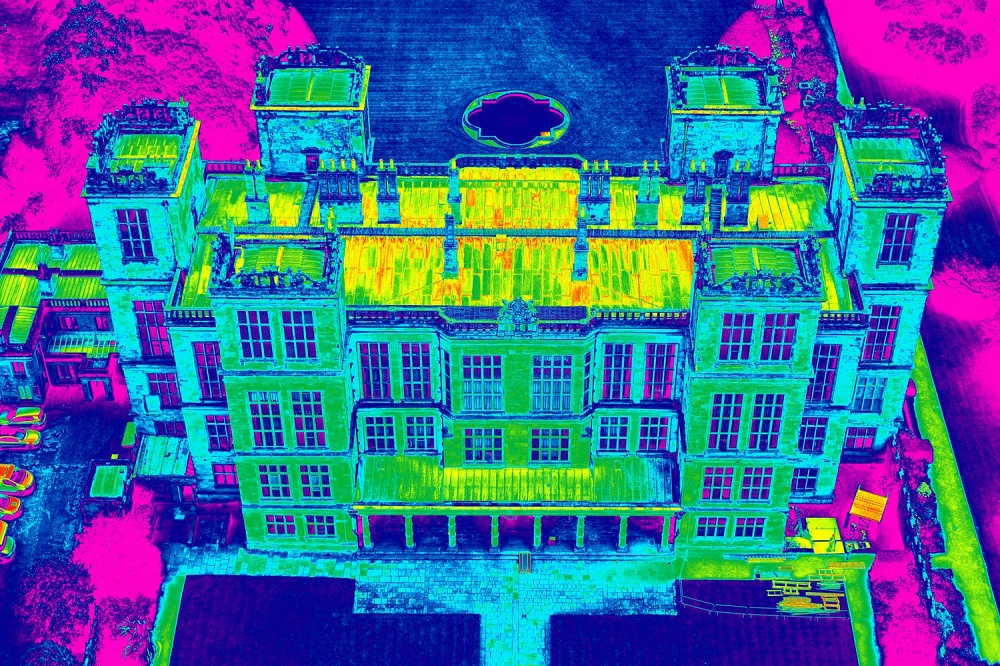



Night vision for drones can refer to three different technologies. Each of these allow a drone’s camera to record pictures or videos in low light or completely dark conditions. The three ways this can be achieved is by using either a low light camera, an infrared (IR) camera with an IR light, or a thermal camera.
Which type of night vision you need for your drone of course depends on the purpose of your night time drone operations. And if your purpose is commercial, make sure you have a waiver for a night time flight from the FAA before you take off after dark.
Many drones with high-quality cameras will have a large lens and a large CMOS chip to allow the camera to make the best possible use of any available light to create an image. When these images are recorded in RAW, it’s usually pretty straightforward to use post-processing methods to make a decent photo or video out of something recorded in quite low light conditions.
An infrared camera picks up infrared light which is invisible to the human eye as it has a longer wavelength than visible light. An infrared camera generally has an infrared LED near the camera which emits infrared light for the camera to pick up. Images captured with an infrared camera are usually rendered in grayscale.
A thermal camera is in another class altogether, as it doesn’t require any light source at all, visible or infrared. Instead, a thermal camera relies on the thermal emissivity (or heat energy) of various types of materials and objects to form an image. Thermal cameras on drones have a wide scope of applications, the majority of which are commercial in nature.
Most mid-level consumer camera drones have a decent ability to “see” at night in low-light conditions. Basically, this means that they can pick up enough ambient light to capture a photograph that can be post-processed to make a readable photo.
The level of detail that a standard camera drone can pick up at night or in low-light conditions, however, it going to be quite a bit lower than it would be in the daytime, and you’re often going to have to deal with a graininess that often results from not enough light for the sensors to capture the image clearly.
Most drones do not have night vision in the sense of having infrared or thermal cameras. These are a specialty type of camera that either has to be added on or bought as part of a whole drone setup.
For those with privacy concerns, you can rest easy knowing that a typical drone cannot really pick up a great level of detail from very far in low light conditions. They may be able to pick up a light in the distance of up to a mile or more, but anything in shadow or dimly lit will not be seen well at all from a drone at night.
Infrared night vision cameras will also have a fairly limited range of up to maybe 5 yards or so, depending on the strength of the infrared lights used by the camera. In other words, objects would need to be quite close to the drone to be picked up by the emitted light and camera.
The range of vision for thermal cameras is quite a bit better, with the ability to “see” objects several hundred feet away. How well you can read the image will depend on variations in thermal emissivity rather than on any type of light source.
It is definitely possible to add certain types of night vision capabilities to practically any drone. You can do this by getting a specialized light and camera to attach to the frame or gimbal of your drone.
For an add-on infrared setup, you can find small infrared cameras that could be attached to the frame of your drone. These will often not come with batteries of their own, and instead will require a power source, in which case you can plug it into a port on the drone.
One thing to bear in mind when adding on extra weight, or when plugging in an accessory, is that your drone will have a shortened battery life and by extension a shortened flight time.